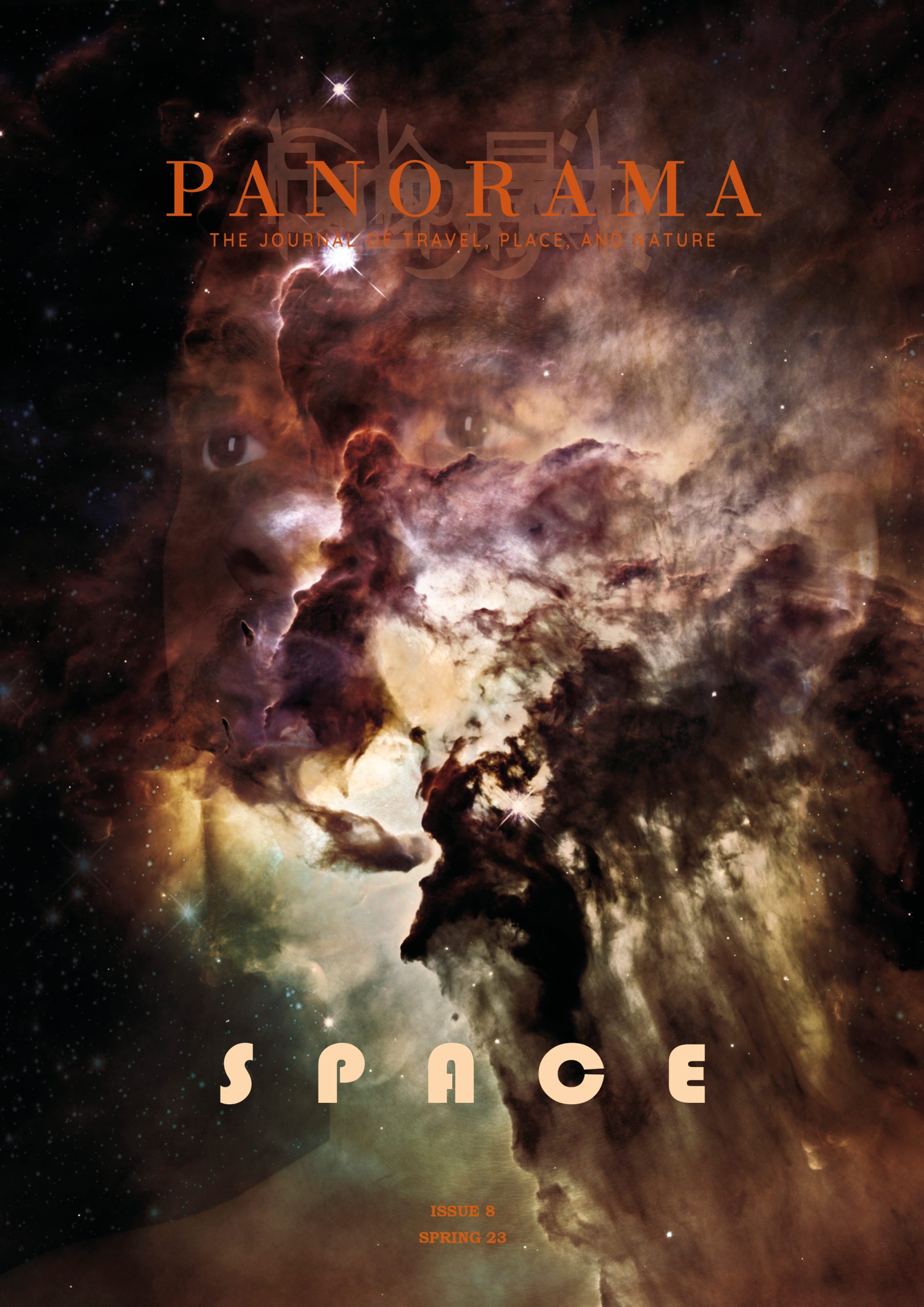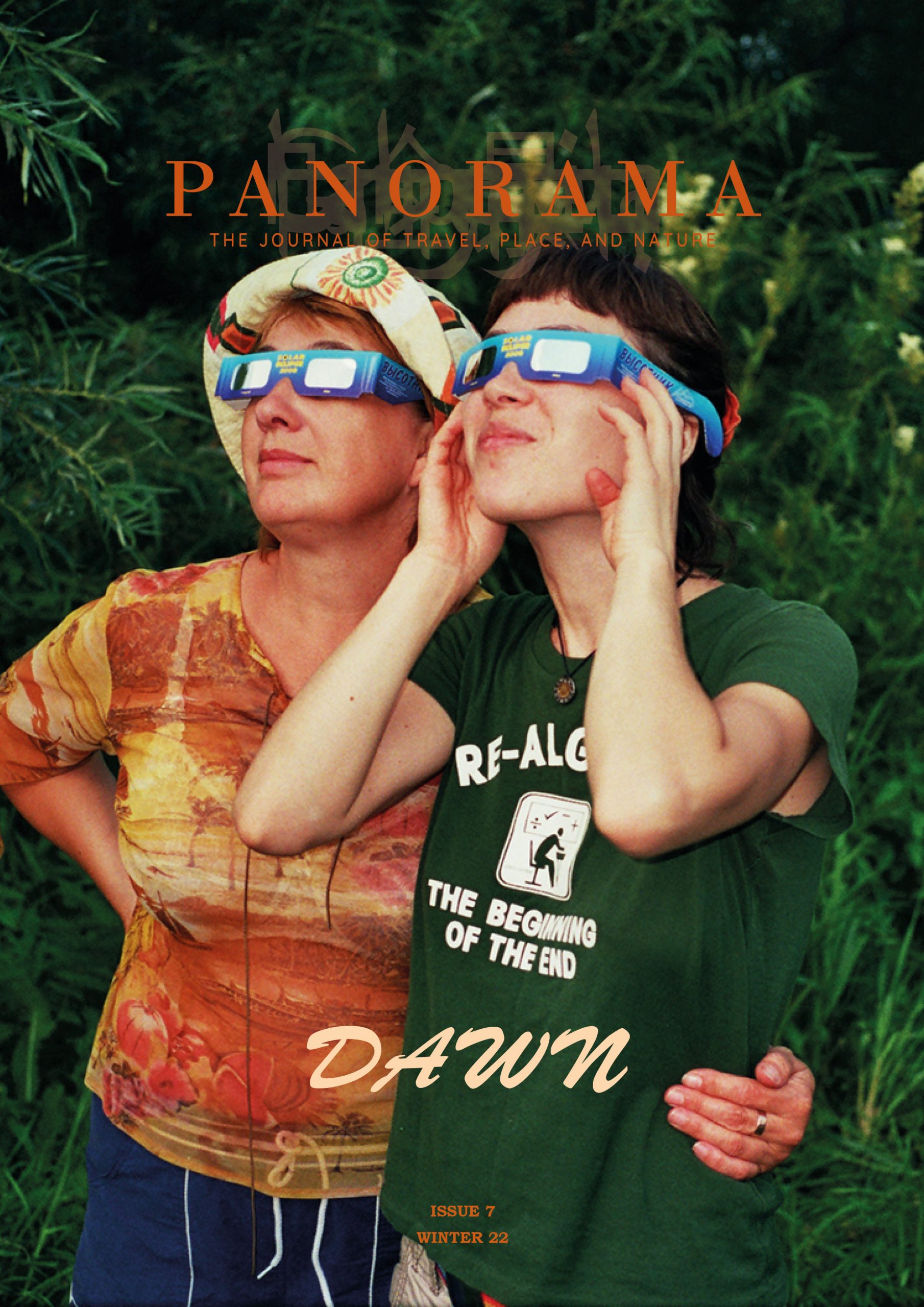
Over 1,200 years ago, disgruntled Norse Viking sailed northward and started a new society, complete with a parliament, on an island they called Snæland, “land of snow.” Just as they were called to that improbable, frozen place, so was I. I went to Iceland for the vistas, for the endless daylight, for the feeling of being on another planet. I went there to be alone, small against the bigness of mountains and ocean. I did not go there to eat.
As a vegetarian, eating while travelling can be tricky, depending on the climate and culture. Only root vegetables can grow in Iceland (and chefs prepare them in wonderfully original ways). Hothouses produce tomatoes and cucumbers that make for welcome additions, particularly to breakfast, and I can’t say enough about skyr, the delicious Icelandic yogurt that I ate three times a day. Still, typical Icelandic meals involve locally-sourced fish or lamb. Even though I didn’t go to Iceland for the food, and I circumvented difficult menus and remote locations by self-catering, I became fascinated by the cuisine.
I kept imagining what it would be like to sail to Iceland for the first time. I had guide books, photos, and some idea what to expect, and even that did little to prepare me for landscapes so overwhelming that I had to pull the car over to breathe. I imagined what it would be like to realise just how cold and unsuitable for arable farming the land is, to realise that without some ingenuity, starvation was a very real possibility.
The Arctic fox is the only mammal native to Iceland. Vikings had to fish to survive. Luckily, the waters of the North Atlantic are populated with marine life, including the Greenland shark, which can live up to 400 years thanks to bodily chemicals that function like antifreeze, which, along with urea, build up and remain in the shark’s body because it has no kidneys. The Greenland shark is highly toxic, and if eaten fresh, could be deadly. But this shark can grow over 20 feet long — it’s big enough to feed an entire village, and worth figuring out a way to make it edible.
And they did, by way of a six-month putrification process. I’d heard about the shark and about hákarl, the dish made from it, before I went to Iceland. I’d seen a video of chef Gordon Ramsey throwing up after trying it, and another of Anthony Bourdain proclaiming it to be the “worst thing [he] ever put in [his] mouth.” I didn’t plan to try hákarl — I don’t have a stronger stomach than chefs who pride themselves on eating everything.
I didn’t try steak in Colombia, sardines in Portugal, goulash in Hungary, schnitzel in Germany, or beef bourguignon in France, but sometimes I’m happy to lean on my vegetarianism as an excuse not to try something. In Iceland, I was glad to avoid some of the local favourites, like puffin, minke whale, and horse. I drove for hours along a gravel road to see puffins roosting on a cliff — they were adorable, inquisitive, and untroubled by me being close enough to grab them. I can’t imagine eating them or the horses, those beautiful creatures both smaller and somehow more majestic than regular horses. I realise the hypocrisy of U.S. laws, which permit us to eat cows, pigs, deer, rabbit, etc, but not horses, but in Iceland, where no such law exists, horses seem separate from those other animals — they’re infused with the intoxicating and peculiar elixir that makes everything in Iceland otherworldly. I grew up wanting to be a dolphin trainer and, vegetarian or not, would never want whale on my plate. But this is what Icelanders eat, I told myself — don’t judge.
Except, I learned, it’s not really what they eat, at least not regularly. It’s what tourists think the locals eat, and thus seek when they come to Iceland. Minke whale, puffin, and horse are consumed in far greater number by tourists than by locals, and some Icelanders want to dissuade tourists from eating whale. The practice of hunting and eating puffin has become controversial in the wake of recent breeding failure. But Icelanders do still eat hákarl. The dish experienced a resurgence in popularity during the 1960s when Reykjavik restaurants began to participate in Þorrablót, a festival held every January to honour Iceland’s ancestral and pagan legacy, and to celebrate the country’s unconventional culinary past.
It’s that past which made me want to try hákarl after all, despite its unusual preparation and even more unusual smell. The shark’s toxicity didn’t deter the Vikings, and I resolved that it wouldn’t deter me either. Plus, this dish has history, and I’m a sucker for a good story.
It’s unclear how the Vikings first realised that decaying and curing the meat of the Greenland shark nullifies the toxins. One theory is that they buried a shark to get rid of it, and after the weather or an animal uncovered it a few weeks later, they noticed that its appearance had changed significantly, and wondered whether the poison was leaving the meat. Instead of being grossed out by the shark’s ammoniated secretions, the Vikings started to experiment. Necessity is the mother of invention, especially for hungry people on a remote and freezing island, and invention is the mother of tradition. They learned to decay the meat for six to 12 weeks, and then to cure it for a further 12 to 16 weeks to change its structure, making it not just safe to eat, but a food that is now synonymous with both tradition and good health. Hákarl has become a metaphor for ingenuity and making good with what one has.
I wanted to talk with people who prepared hákarl and to approach it not as some dish on a menu, but as a way of life. I visited hákarl purveyor Hildibrandur Bjarnarson, who displays his shark-fermenting techniques and memorabilia at the Bjarnarhofn Shark Museum on the Snaefellsnes peninsula. The museum displays photos of the prize Greenland shark Bjarnarson caught — the fourth largest on record, three times taller than the man himself. Hildibrandur wasn‘t there the day I visited, but his grandson Kristján was, and he showed me familial seafaring relics, including whale vertebrae the size of a log.
Bjarnarson told me that they like to see the meat as it ferments so they can assess its readiness for curing, and so instead of burying it, they carve it into slabs and stack it in a crate, allowing the weight of the pieces to press out the ammonia. He showed me the meat hanging in the drying shed, developing a thick brown crust and steeping the air with a sharp, acidic odour.
Kristján told me about a farmer from the northwest Iceland village of Asparvik who hung a Greenland shark that had been left to rot, just to see what would happen. When the magistrate and his men showed up some weeks later and demanded food, the farmer served up the shark. The men not only didn’t get poisoned, but left the village in better health than when they arrived.
Whether the story is true doesn’t matter. What matters is that the Viking penchant for tales applies to hákarl — eating the shark is tantamount to consuming history. Iceland had already gotten into my blood, my soul. I wanted it in my stomach, too.
One slices a slab of hákarl into thick pieces that reveal the soft white meat inside the crust. That meat is then diced into milky cubes and presented in a small dish, not unlike chunks of cheese on an appetiser platter. Though typically served with Brennivín, Iceland’s caraway-flavoured schnapps, Bjarnarson, who eats hákarl every day, paired the fish with rye bread — perhaps he thought something akin to a hákarl sandwich would seem less daunting.
There was nothing left to do but spear a piece of hákarl on a toothpick and toss it back. The flavour wasn’t as strong as I’d expected. I caught a whiff of ammonia as I brought it to my mouth, but I mostly noticed the chewy texture and the finish comparable to that of a strong Camembert. Minutes later, I felt a rumbling in my stomach. I wondered if my system was responding to the alien presence of fish, but the sensation wasn’t like what I’ve experienced after accidentally ingesting meat. It wasn’t unpleasant — it was similar to the expanding warmth one feels after downing a shot of whiskey. It felt like everything else about Iceland and the way it seeps inside you, the way you dream it, drink it, breathe it, sneeze it, cough it, hiccup it. The way every lava field, tectonic rift, and fjord feels unlikely, if not impossible, strange and strong and unforgettable.










